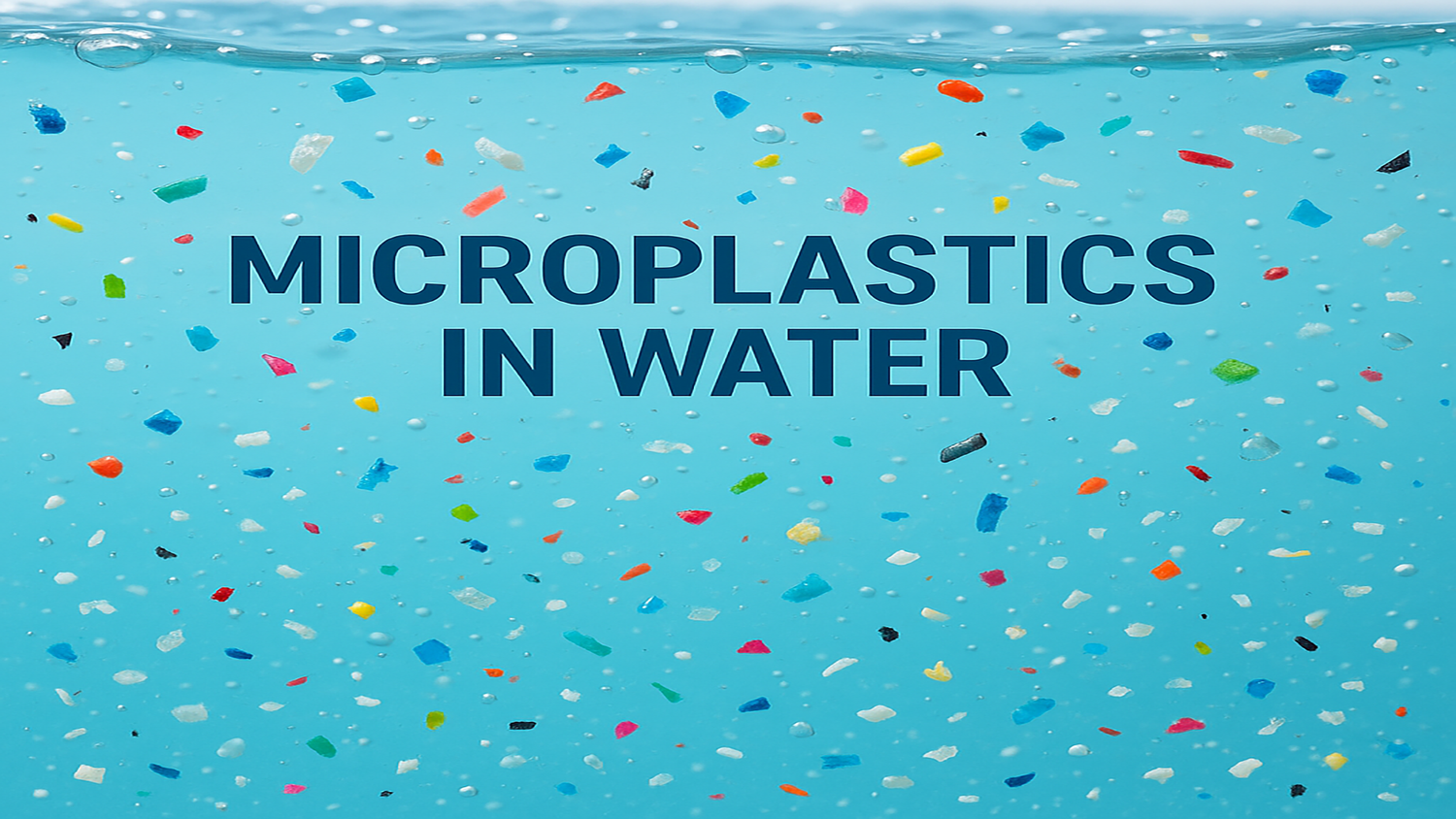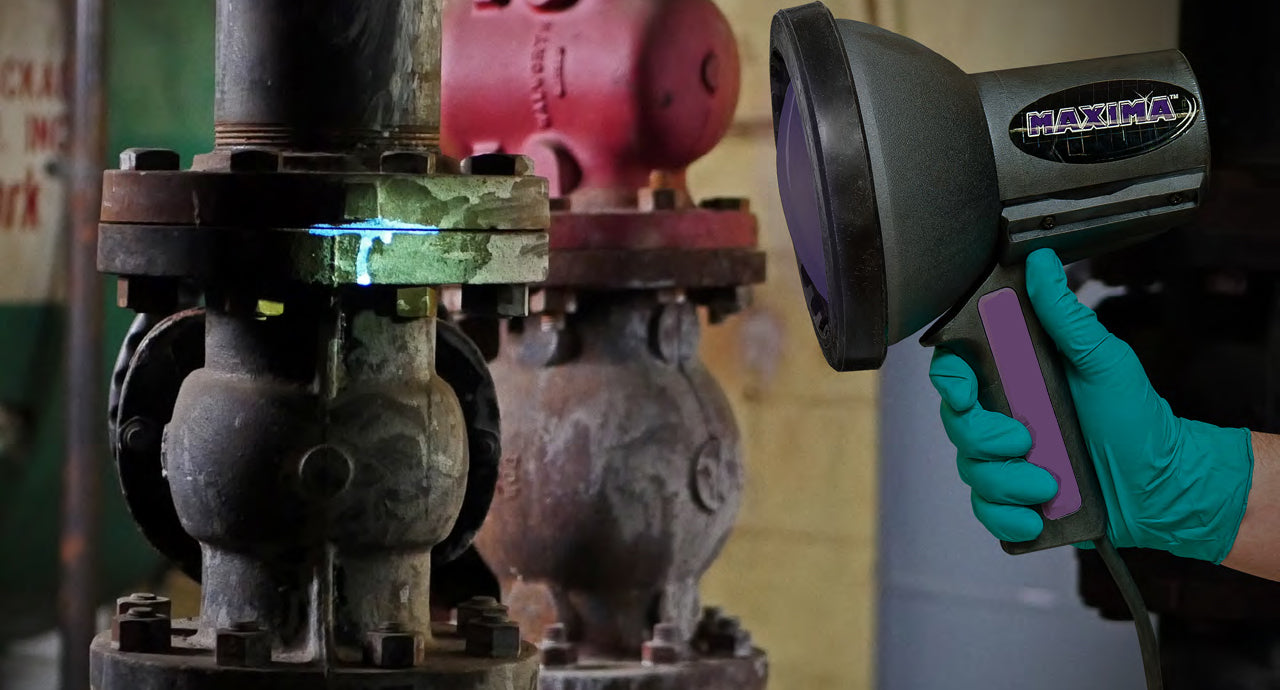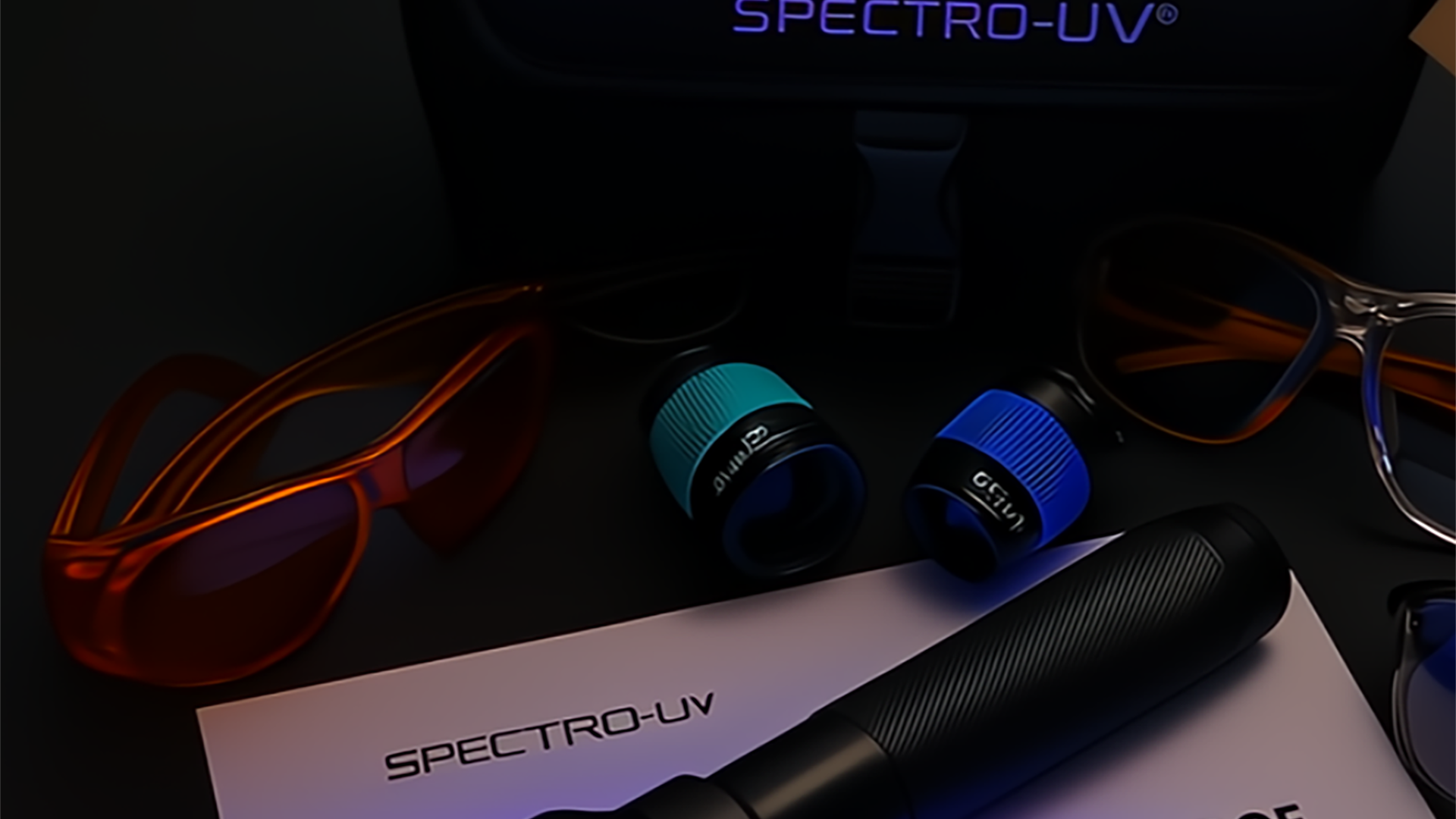Microplastics — plastic particles less than 5mm in size — have become a silent crisis in our environment. These tiny pollutants are now detected in 100% of global tap water samples, and research shows an average of 11 microplastic particles per liter in bottled water alone (World Health Organization [WHO], 2018).
They’re everywhere: from Arctic ice cores to deep-ocean trenches, and even within human organs and bloodstream. A 2022 study from Vrije Universiteit Amsterdam found microplastics in the blood of nearly 80% of tested individuals (Leslie et al., 2022).
Because of their minuscule size and transparency, microplastics often go unnoticed — but UV-A fluorescence offers a smarter, science-backed way to detect them.
Why UV-A Fluorescence Works
Many microplastics and their additives fluoresce when exposed to UV-A light (around 365 nm). This property enables environmental scientists to visualize and identify particles that standard visual inspection misses.
In both field sampling and laboratory analysis, UV-A fluorescence is fast, non-destructive, and effective for spotting microplastics — even in complex water samples.
Spectro-UV Solutions for Microplastic Detection
At Spectro-UV, we engineer UV tools trusted by researchers and professionals worldwide. Whether you’re analyzing filtered water in a lab or assessing pollution in the field, our lineup offers clarity and confidence.
-
🔦 OPX-365 Series
A high-intensity cordless UV-A flashlight delivering 18,000 µW/cm² at 15″. Its focused beam and rechargeable portability make it a go-to for on-site detection and quick inspections in natural environments.
-
🔦 Vintage 365 Handheld UV Lamp
A dual-LED UV-A lamp with output ranging from 4,500–5,500 µW/cm² at 15″. Perfect for laboratory work and close-up fluorescence checks on mesh filters and sample containers.
-
🧫 CM-24A Fluorescence Analysis Cabinet
A darkroom cabinet that isolates UV-A light for controlled, glare-free fluorescence analysis. It enables more precise detection of small fluorescing particles in water samples, ideal for replicable research.
Why This Matters
Microplastic pollution threatens aquatic ecosystems, bioaccumulation in the food web, and even human health. With evidence mounting — including over 170 trillion plastic particles estimated to be floating in the oceans today (Eriksen et al., 2023) — the need for scalable detection tools has never been greater.
Fluorescence-based detection empowers scientists, educators, and environmental organizations to track, measure, and fight back against this invisible threat — with speed and accuracy.
If you're part of the solution, Spectro-UV is here to support your mission with robust, reliable tools for microplastic fluorescence detection.
References
- Eriksen, M., Lebreton, L., Carson, H. S., Thiel, M., Moore, C. J., Borerro, J. C., ... & Reisser, J. (2023). A growing plastic smog, now estimated to be over 170 trillion plastic particles afloat in the world’s oceans. PLOS ONE, 18(3), e0282686. https://doi.org/10.1371/journal.pone.0282686
- Leslie, H. A., van Velzen, M. J. M., Brandsma, S. H., Vethaak, A. D., Garcia-Vallejo, J. J., & Lamoree, M. H. (2022). Discovery and quantification of plastic particle pollution in human blood. Environment International, 163, 107199. https://doi.org/10.1016/j.envint.2022.107199
- World Health Organization. (2018). Microplastics in drinking-water. https://www.who.int/publications/i/item/9789241516198




Leave a comment
เว็บไซต์นี้ได้รับการคุ้มครองโดย hCaptcha และมีการนำนโยบายความเป็นส่วนตัวของ hCaptcha และข้อกำหนดในการใช้บริการมาใช้